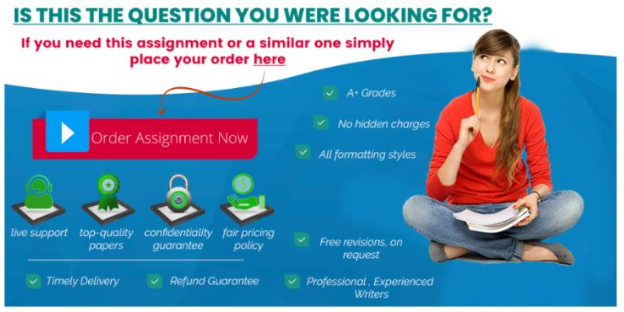Medical Nursing – Veterinary Technicians
Overview
As a veterinary technician, you may find yourself using your new skills in a research organization. In this role, you’ll need to understand how to conduct literature research and how to apply the information obtained to solve a medical problem presented. However, even when applying your technical skills in a private veterinary practice, you’ll be presented with many challenging cases that will require you to know how to use basic research and analysis skills. This project is intended for you to learn or strengthen this skill set, demonstrate your command of the course material you’ve just completed, and expand your knowledge base.
Instructions
This research project contains four parts. You’ll research and write about each of the following topics:
- Fluid administration
- Emergency care
- Wound management
- Veterinary periodontics
Although there’s no required minimum or maximum page length, the recommended length is two to three pages per topic. The questions should be thoroughly researched and answered, making sure to avoid straying too far from the stated focus. Use publication search engines such as PubMed to obtain original research papers if you plan to use these to address any of the questions. Consult reliable and up-to-date reference materials as needed and appropriate.
Medical Nursing – Veterinary Technicians
Part 1. Fluid Administration
For Part 1, discuss intravenous fluid administration in a feline patient. Include the following in your research:
- What physical exam parameters would you use to assess the hydration status in your patient? Detail the different percentages of dehydration and the signs you see on examination with each one.
- Describe the purpose of each phase of fluid therapy for a female feline patient, assuming the following:
- The patient isn’t showing any signs of shock.
- The cat weighs 8 lbs, is 10 percent dehydrated, and doesn’t have any vomiting or diarrhea.
Use this information to calculate the fluid rates for each needed phase of fluid therapy for this patient. Be sure to include the formula you’re using and show each step in the calculation of the fluid rates.
- How should you monitor the IV fluid therapy in this patient?
- Why is it important to monitor patients receiving IV fluid therapy?
Medical Nursing – Veterinary Technicians
Part 2. Emergency Care
For Part 2, explain how to perform CPR on a Labrador retriever in the veterinary clinic. Include the following in your research:
- An explanation of what CPR is and its goal
- The steps of veterinary CPR and how it’s performed in the veterinary clinic
- A discussion of the emergency crash cart and the items that you would use from it during CPR
Part 3. Wound Management
For Part 3, discuss the factors associated with delayed wound healing.
- Investigate the primary patient factors and environmental factors that can lead to delayed healing of traumatic wounds in animals.
- Choose one patient factor and one environmental factor that contribute to delayed wound healing. Then, discuss the biological basis by which these factors delay wound healing.
- For the factors chosen in #2, explain what measures may be taken to limit their impact on wound healing.
Medical Nursing – Veterinary Technicians
Part 4. Veterinary Periodontics
For Part 4, explain why periodontal disease is common in dogs and cats, its main causes, and how some forms of the disease are treated.
- What are the steps involved in extraoral and intraoral dental examinations, and what’s the rationale behind doing an extraoral examination to assess dental disease?
- Describe the early stages of periodontal disease and its pathogenesis.
- What are the materials commonly used for surgical intervention in cases of Grade IV periodontal disease? How do these materials help restore health to the periodontal tissue?
- Determine the preventive measures that can be used by clients, and describe how you would educate them in this regard.
Medical Nursing – Veterinary Technicians
Project Specifications
- The research paper must be typewritten using a word processing program such as MS Word or equivalent. Use 12-point Times New Roman font and double spacing.
- The title page should contain the following information:
- The Title: VET110: Medical Nursing for Veterinary Technician Research Project
- Your name
- Your student number
- The date that the project was submitted
- The paper should be easy to read with correct spelling, grammar, and sentence and paragraph structure.
- The research paper should include at least two references for each part of this project and should follow proper APA formatting. You can use your Penn Foster lessons and the course textbook, but you’ll need to have at least one other outside reference. The information used must be supported by trusted veterinary medical publications and websites (avoid using Wikipedia).
- Please be sure to go to the Penn Foster library. It contains many great resources for trusted veterinary publications, as well as information on using APA format for citing references.
Please submit your project as one file.







